| March 10 My first morning home is a gorgeous one — a perfect Spring morning. The sun is shining and the hills are that crazy almost psychedelic green. All that's missing is my pup, Ricky, as I sit on the patio sipping hot tea. Still coughing and congested, I've already called both my primary care doctor and my travel medicine / infectious diseases doctor, who I saw prior to leaving for Egypt. The reason for my calls is simple. Before Gypsy and I left on our adventure there were less than two-dozen cases of Coronavirus in the US, and the Department of State indicated none in Egypt. |
Presently, tests are scarce and both of my doctors suggested that I continue taking Mucinex and Flonase for my symptoms, monitor my temperature several times a day, avoid going out and being in contact with others, and if so, wear a mask.
| Mid-morning, equipped with a disposable surgical face mask, I picked up a few essentials at the grocery store — surprisingly, only two others were wearing masks and neither were store employees. Then I picked up Ricky from overnight puppy camp. It was so good to see him and he was sufficiently “played” out that I knew a few chill days home would be fine. No sooner did we start for home and it began to rain — yea!!! |
| March 11 This morning's news reported lots of rain and flooding expected in Cairo today. Warnings, too, about flooding. Too bad, as our Egypt group is due to return there today. Thankfully, I'm still not running a temperature, but my cough and congestion are not getting better. Ricky and I are taking short walks between rain showers and watching movies. March 12 Gypsy and I were suppose to be having a chill day at the Mena House spa in Giza today. Oh, well … with my continuous coughing and congestion, it wouldn’t have been much fun! |
A dear friend has made a Costco / TJ run for me and left it outside our security gate — no contact. Called the doctor again today to see about getting tested for Coronavirus as there are news stories of increasing cases. Still no tests available in our county.
March 13
Gypsy and I were suppose to be flying home today from Egypt … thankfully, we had presence of mind to come back earlier because Trump just blocked travel from Europe, which we would have been connecting through. Who knows how long it might have taken us to get home! Meanwhile, Gypsy continues to run a slight temperature and I’m still coughing incessantly. Sinus congestion has finally started to abate.
March 17
Gypsy called tonight to say she was taking herself to Santa Barbara Cottage Hospital to be tested for Coronavirus — testing became available here yesterday — as she is still running a slight temperature and feeling awful. Meanwhile, I'm still hacking away, except for those hours I am able to sleep! By the way, we've had 4" of rain since returning home from Egypt!
March 18
Gypsy sent a text in the wee hours while I was asleep … she didn’t get home from the hospital until 3 AM and will not hear test results for at least 4-5 business days! I made the decision after our conversation last night to drive into Santa Barbara and be tested as some news stories are finally saying people can be asymptomatic and still carry / spread the virus to others. This is day nine of our self-quarantine.
On the drive into Santa Barbara, my travel medicine doctor called to tell me that Gypsy had called her last night and gone to the hospital for testing and she was recommending I do the same. I told her I was already on my way, asked if she would arrange for me to have a chest x-ray to be sure I didn’t have pneumonia, and that hospital ETA was about 40 minutes having to drop Ricky off at puppy day care. At least one of us will have fun!
Upon arriving at the hospital’s emergency room, I was whisked off to have my temperature and blood pressure taken, followed by the standard COVID-19 Testing Triage questions, and then a chest x-ray. Thankfully, the results from my chest x-ray came back negative, and since I was on the borderline of being tested for COVID-19, they went ahead and tested me.
When the doctor appeared an hour or so later, he told me that I tested positive for Rhinovirus so they didn’t test for COVID-19. WHAT? I was told to continue my self-imposed quarantine for the full 14-days or until my cough was completely gone, and to continue taking Mucinex and Flonase for cough and congestion. If I develop a temperature, notify my primary care doctor and possibly get retested. Also, if my friend’s test comes back positive, and my cough persists, come back to be retested. Well, that was unsatisfying and it took five hours! At least Ricky had a good time playing ... we were both exhausted.
March 24
It’s now been 14-days since our self-imposed quarantine and most of the US is sheltering-in-place. Gypsy’s test results came back negative for COVID-19 and she is feeling a bit better. Though still fatigued, she no longer runs a temperature. I’m still coughing, but less so. So, my quarantine continues. Not missing much as sheltering-in-place is virtually the same. In fact, self-quarantining has started to feel like my new norm. I am so thankful for living in a small rural valley with lots of places to safely walk without seeing or possibly infecting anyone. And, for now, friends are still picking things up for me when needed. Since returning home from Egypt, I’ve only left our property three times. It’s been a month since the housekeeper and gardener have been here. The gardener will start back next week, but I've no idea how much longer before I feel comfortable having our housekeeper back.
May 25
I have been healthy (no cough) since the end of March. Sadly, a dear friend who shared the same surname as me passed away last month due to complications during surgery. And a new friend, whom I met on the trip to Egypt, died this month.
This past weekend, I was suppose to be in Montana for the semi-annual Cinnabar Foundation board meeting. Due to everyone still sheltering-in-place our two-day meeting was held via Zoom. I really miss not being in Montana — hopefully travel will be a “thing” come September (fingers crossed) so I can get up for the fall meeting. Perhaps like me, Zoom has become a part of your life — I am so thankful for this technology!
| It is overwhelmingly sad to hear each day about the exponential growth of COVID-19 cases and deaths in the US and worldwide. [I’ll refrain on sharing my thoughts about our government’s role in (not) handling this crisis.] Conversely, I love hearing stories about the courageous health- and other essential workers, who are keeping us safe, healthy, and as well provisioned as possible during this time. Quite honestly, though, there are many aspects of sheltering-in-place I really am enjoying ... hearing the sound of a breeze through tree branches and being woken by the sound of what seems like thousands of birds greeting the dawn each morning. | Where I live is always quiet, but this is a deeper quiet that has created space to slip effortlessly into timelessness and to be more fully present. What a gift! |
Thank you for sharing my Egypt adventure. Stay healthy and safe!
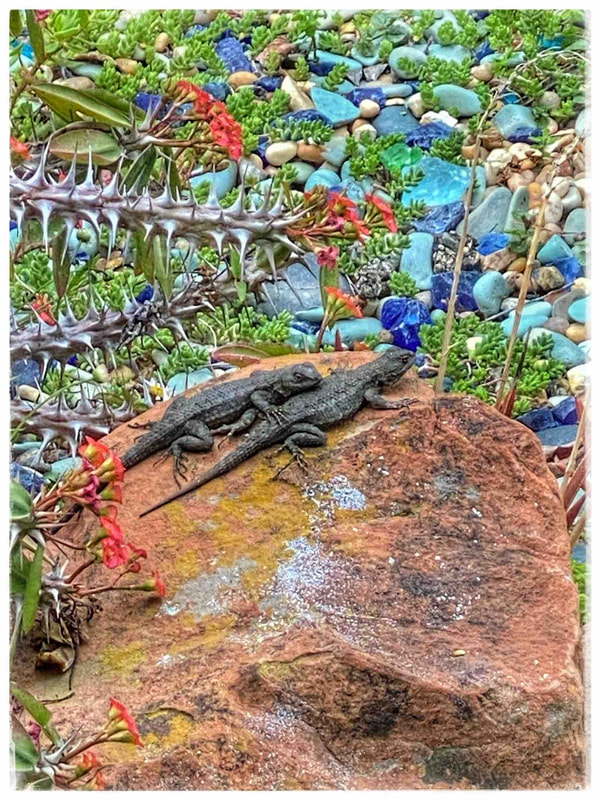
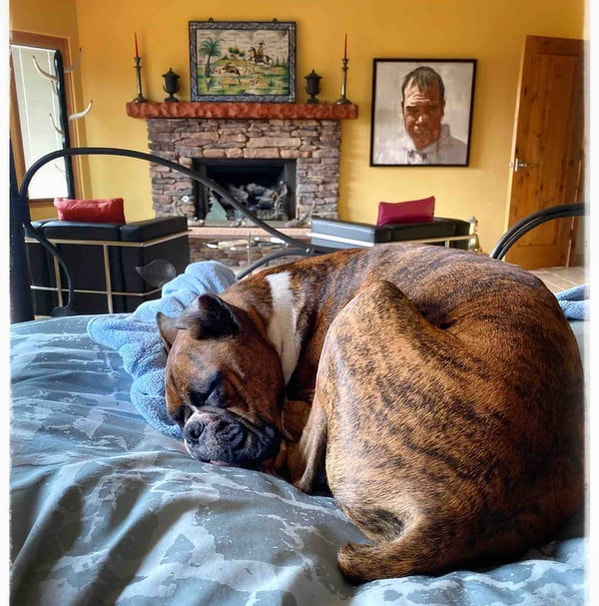
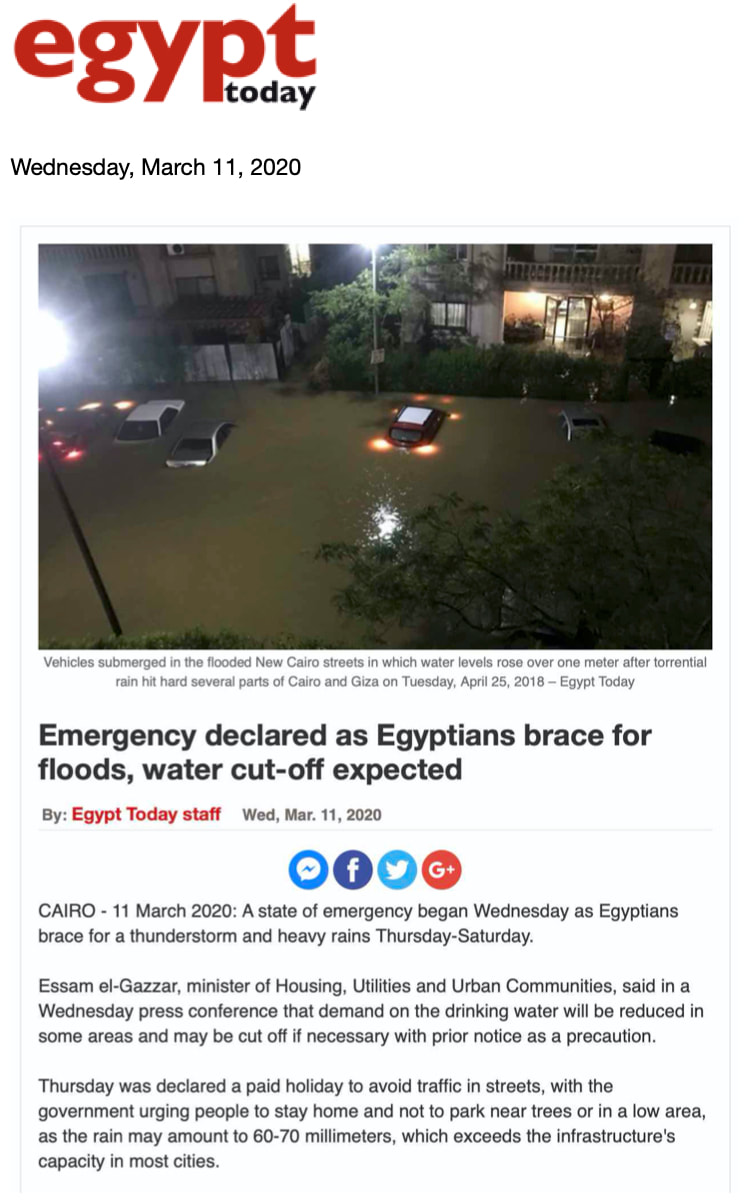
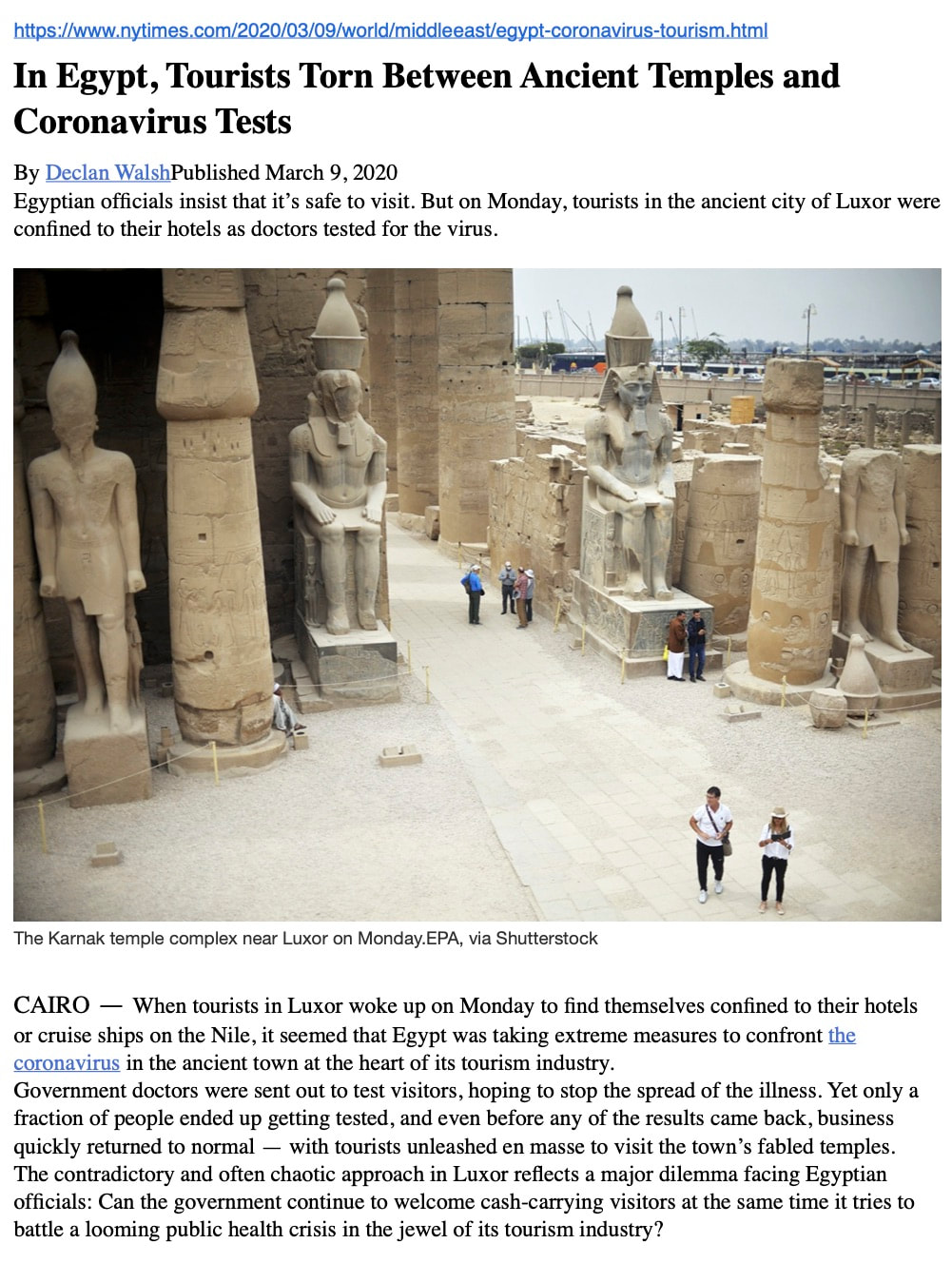


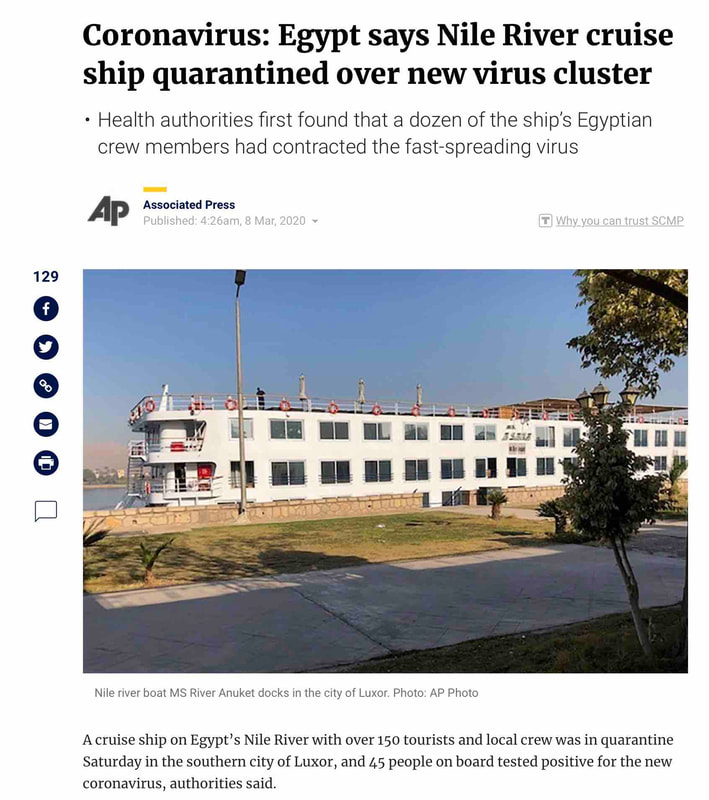
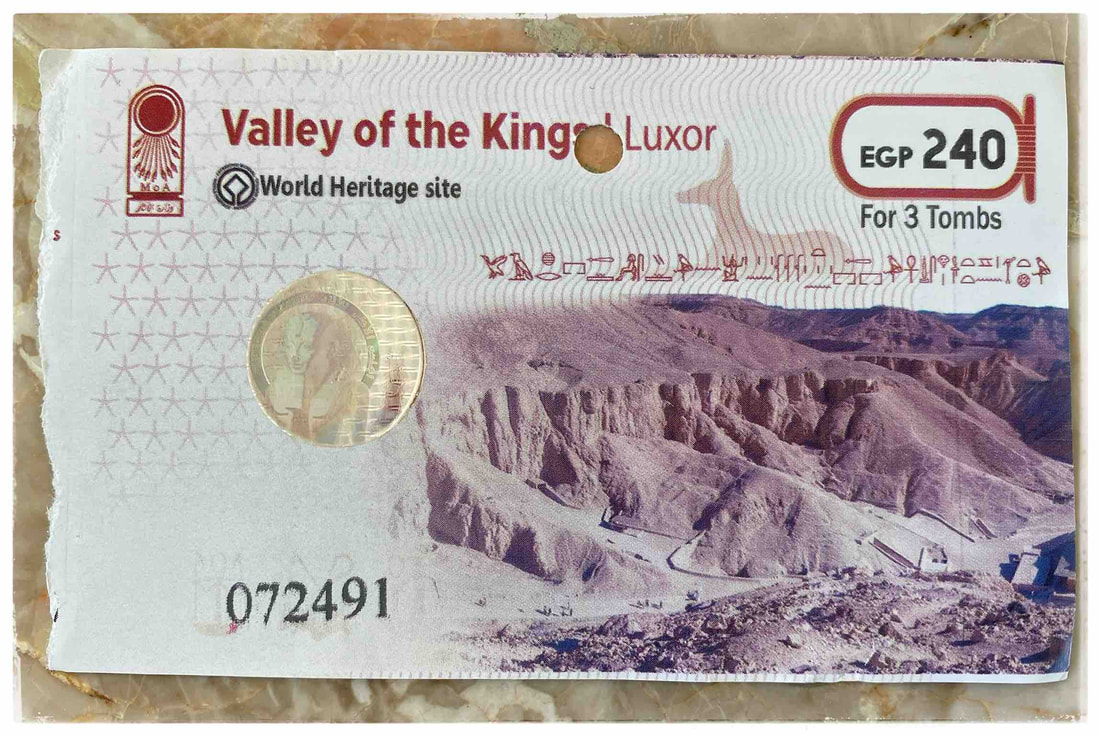
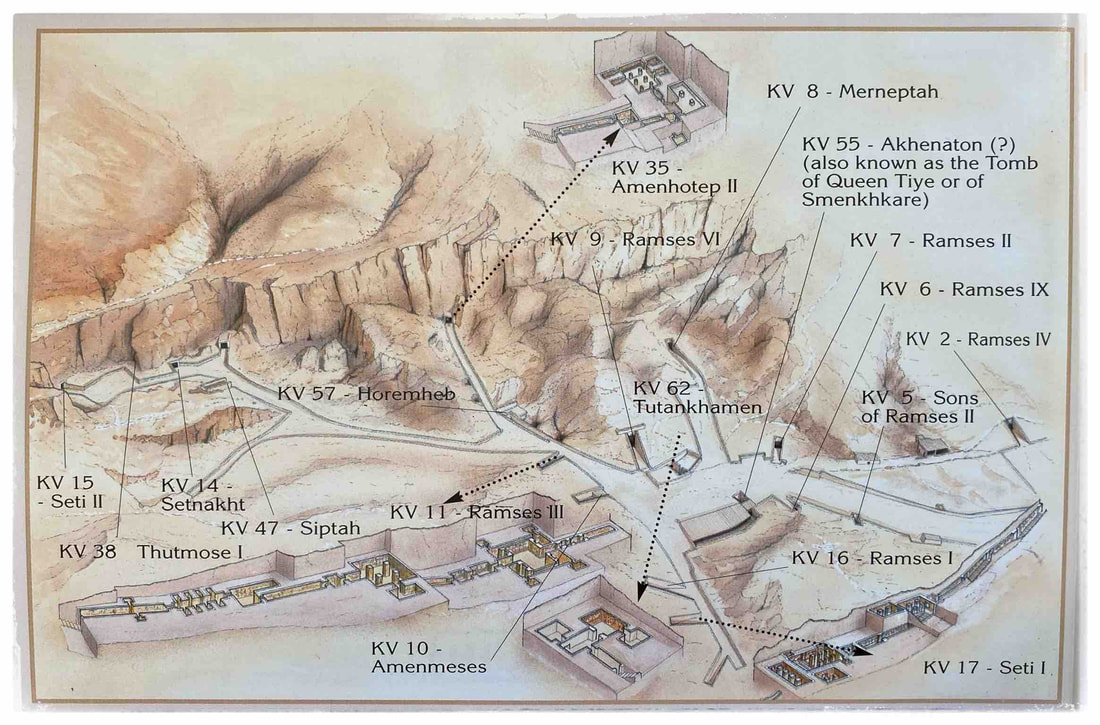
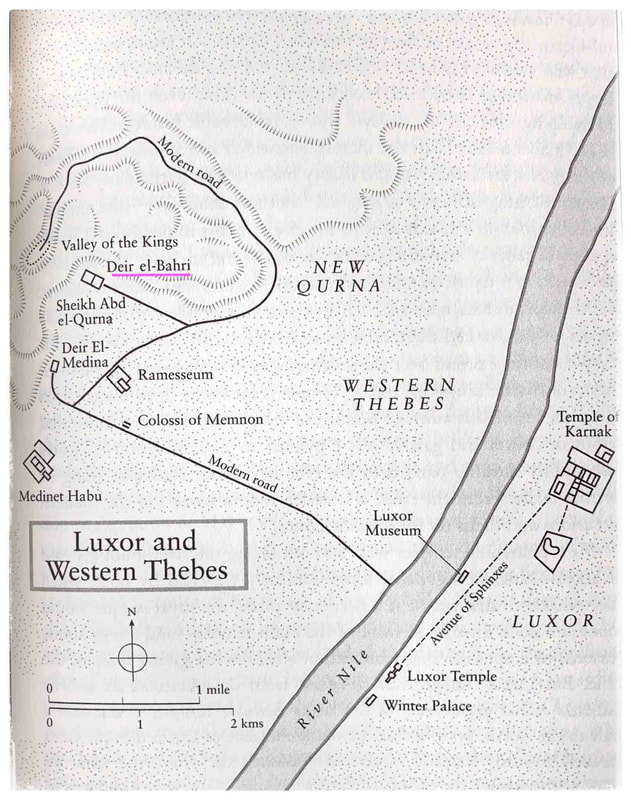
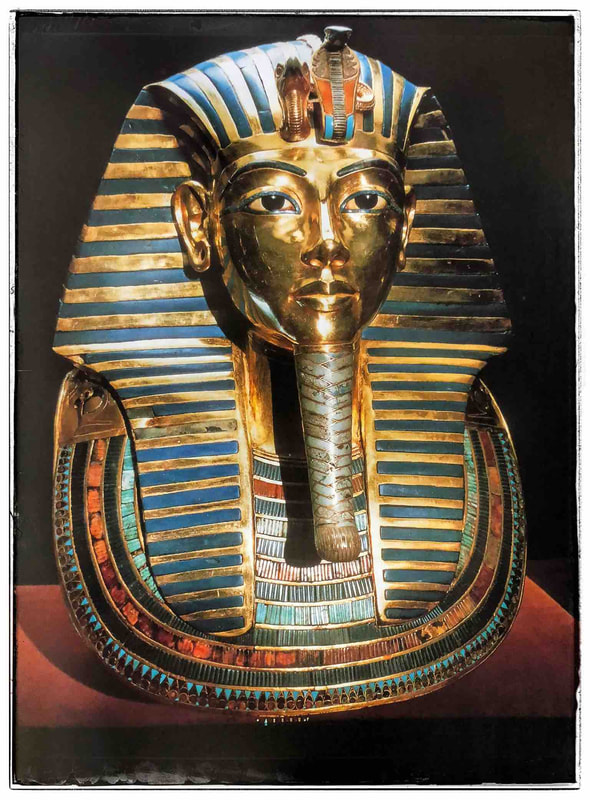
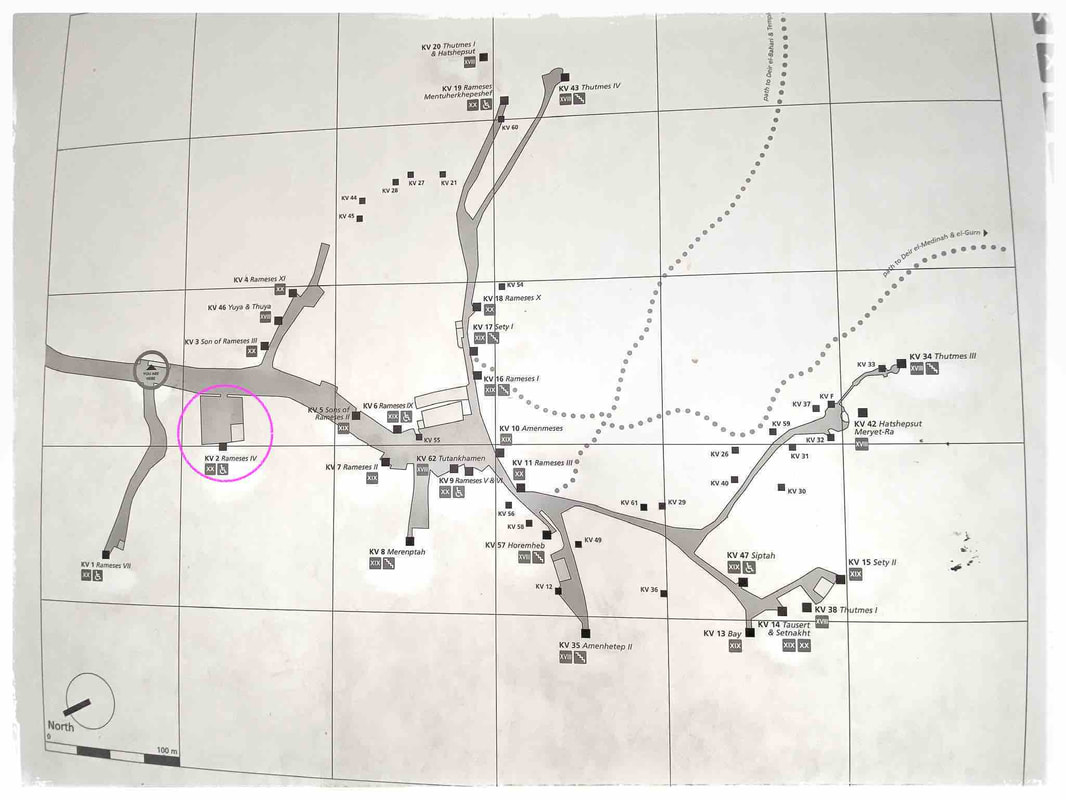
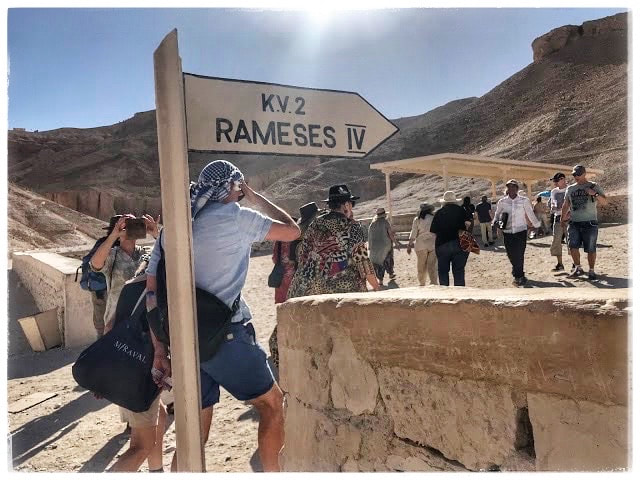

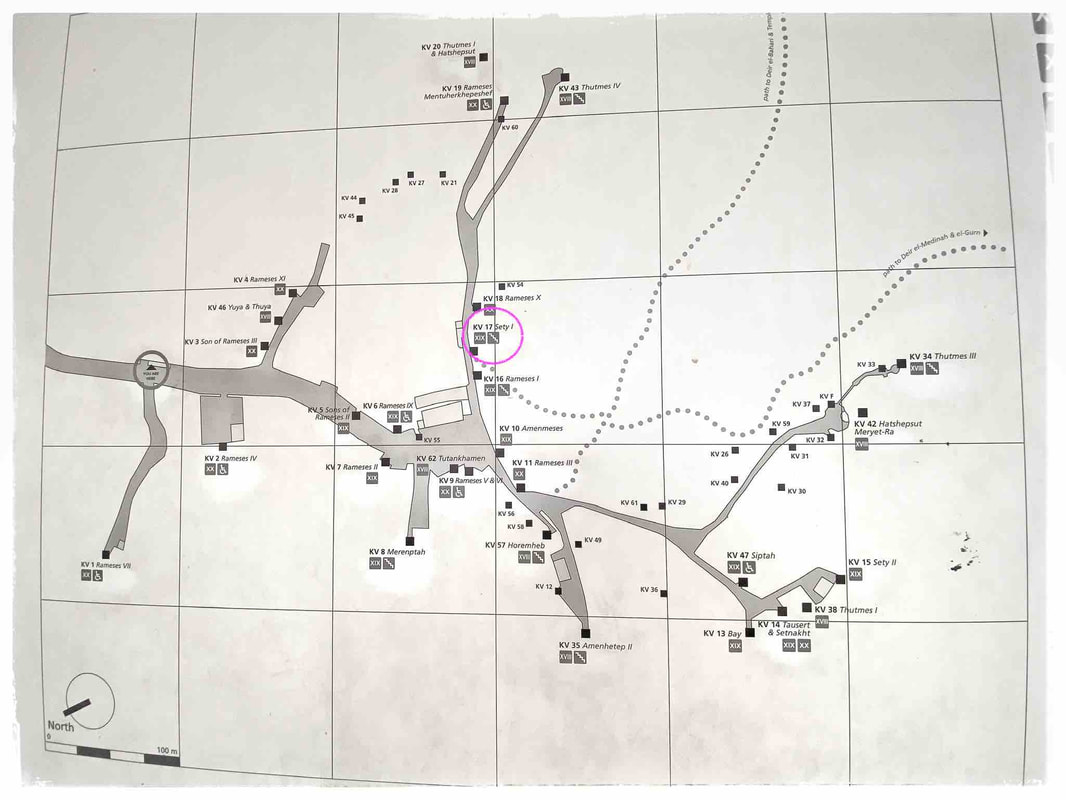
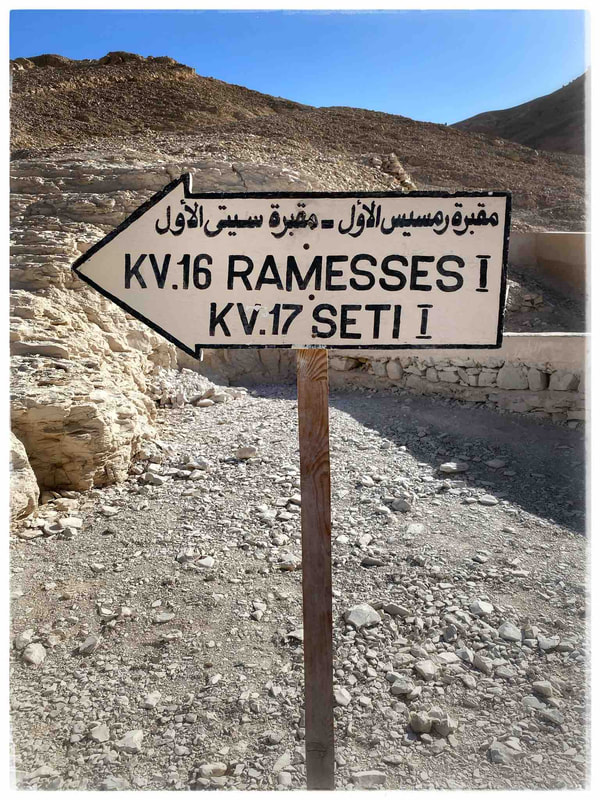
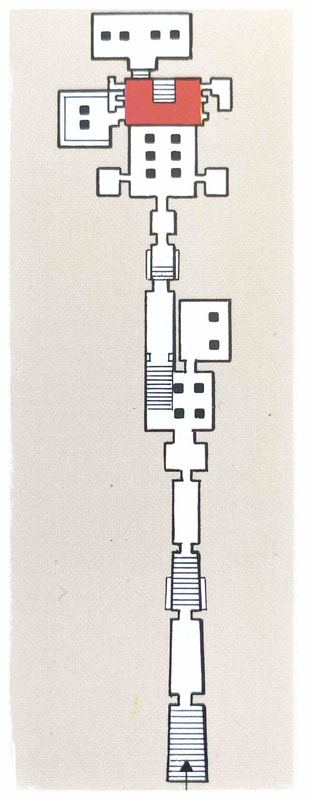
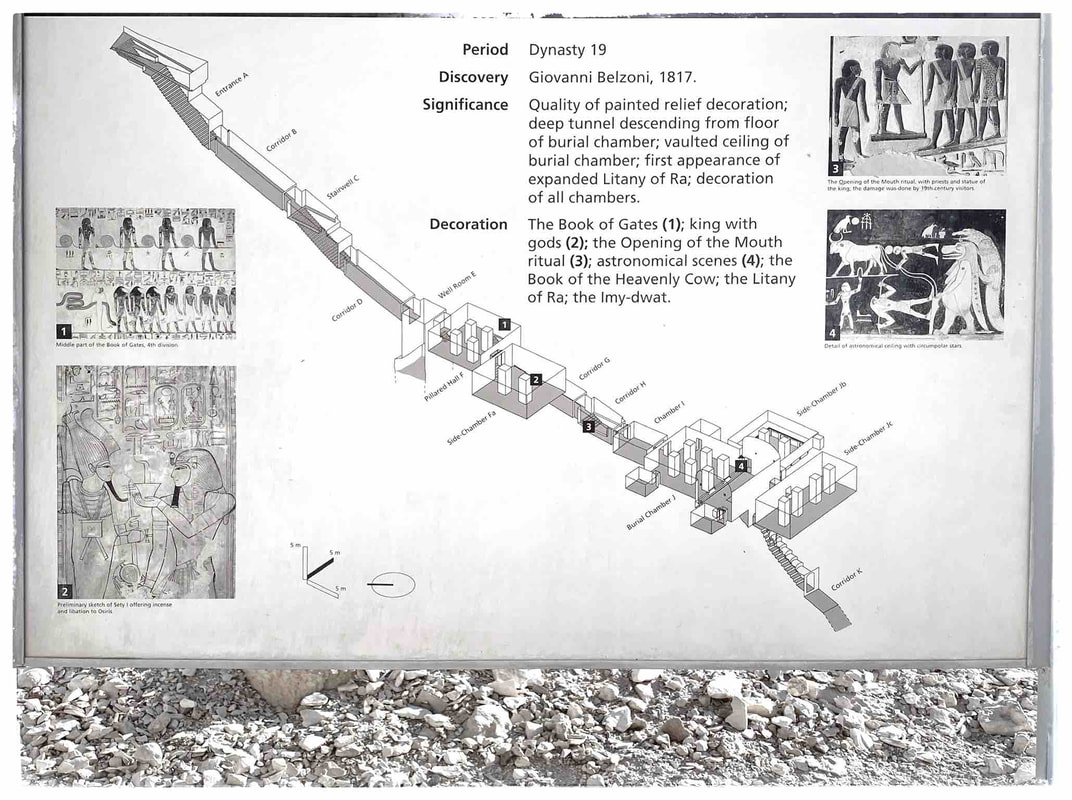
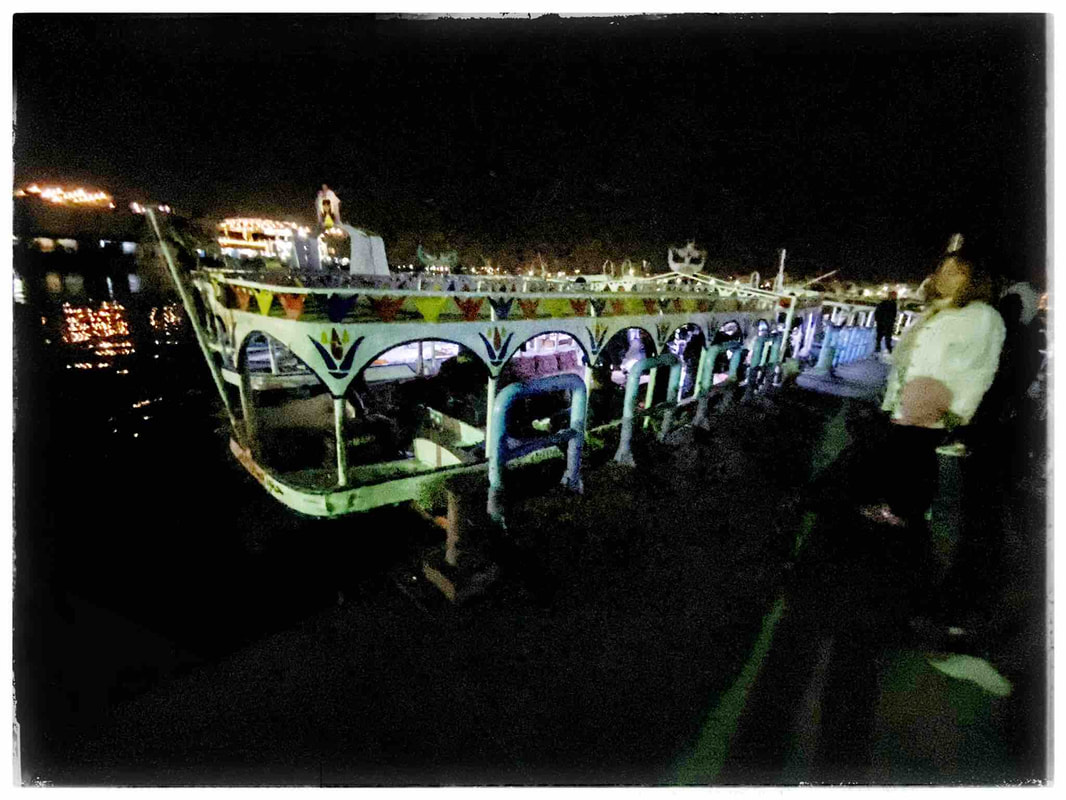
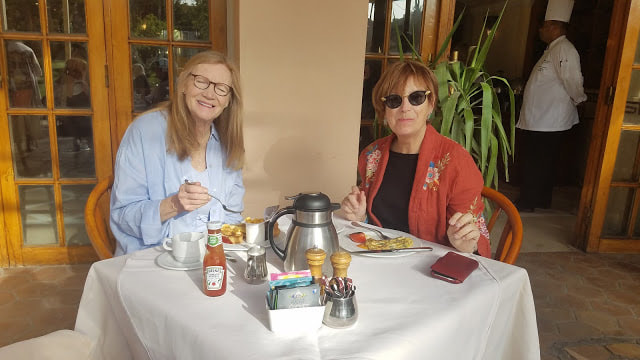
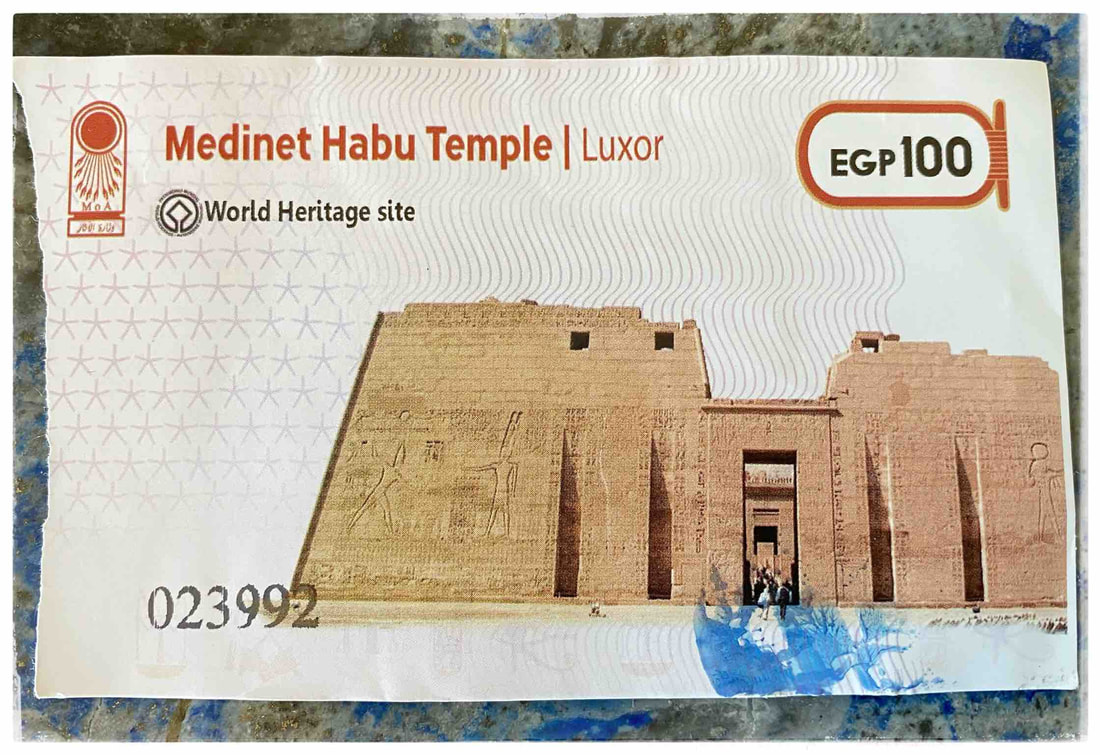
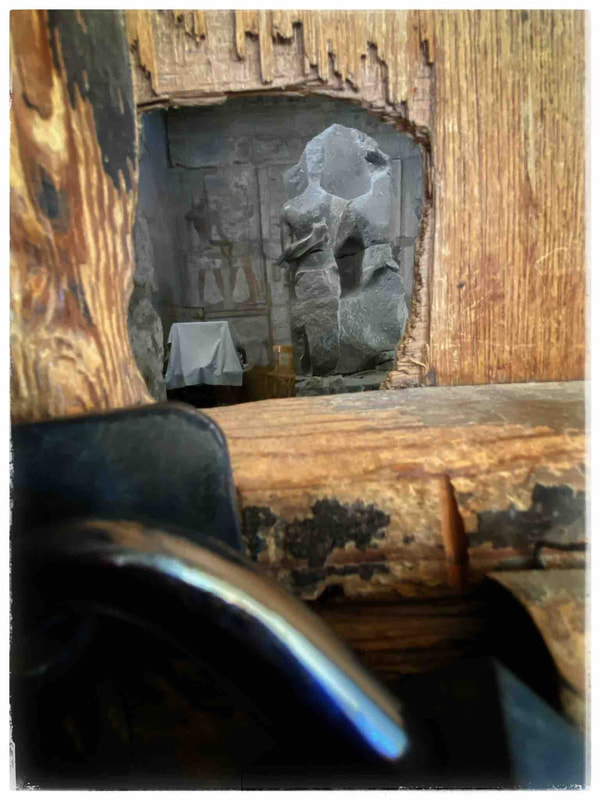
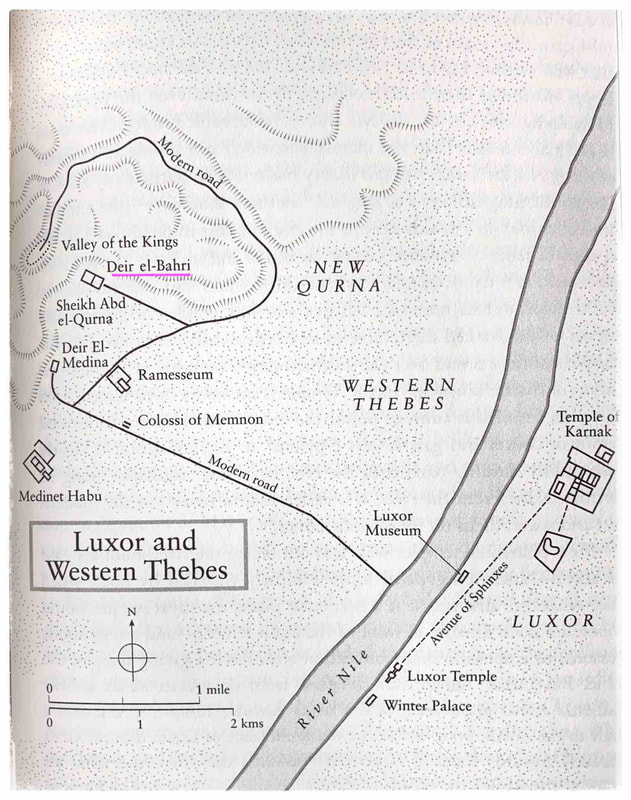

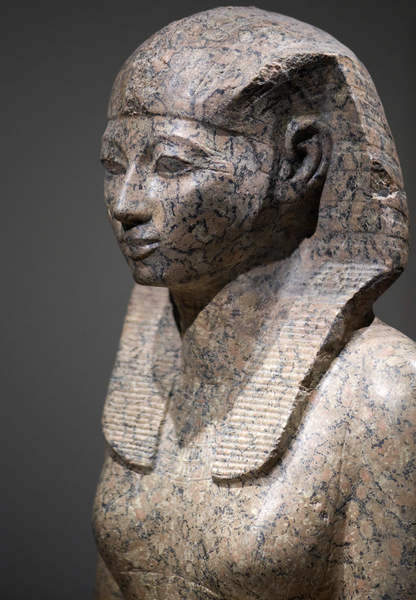
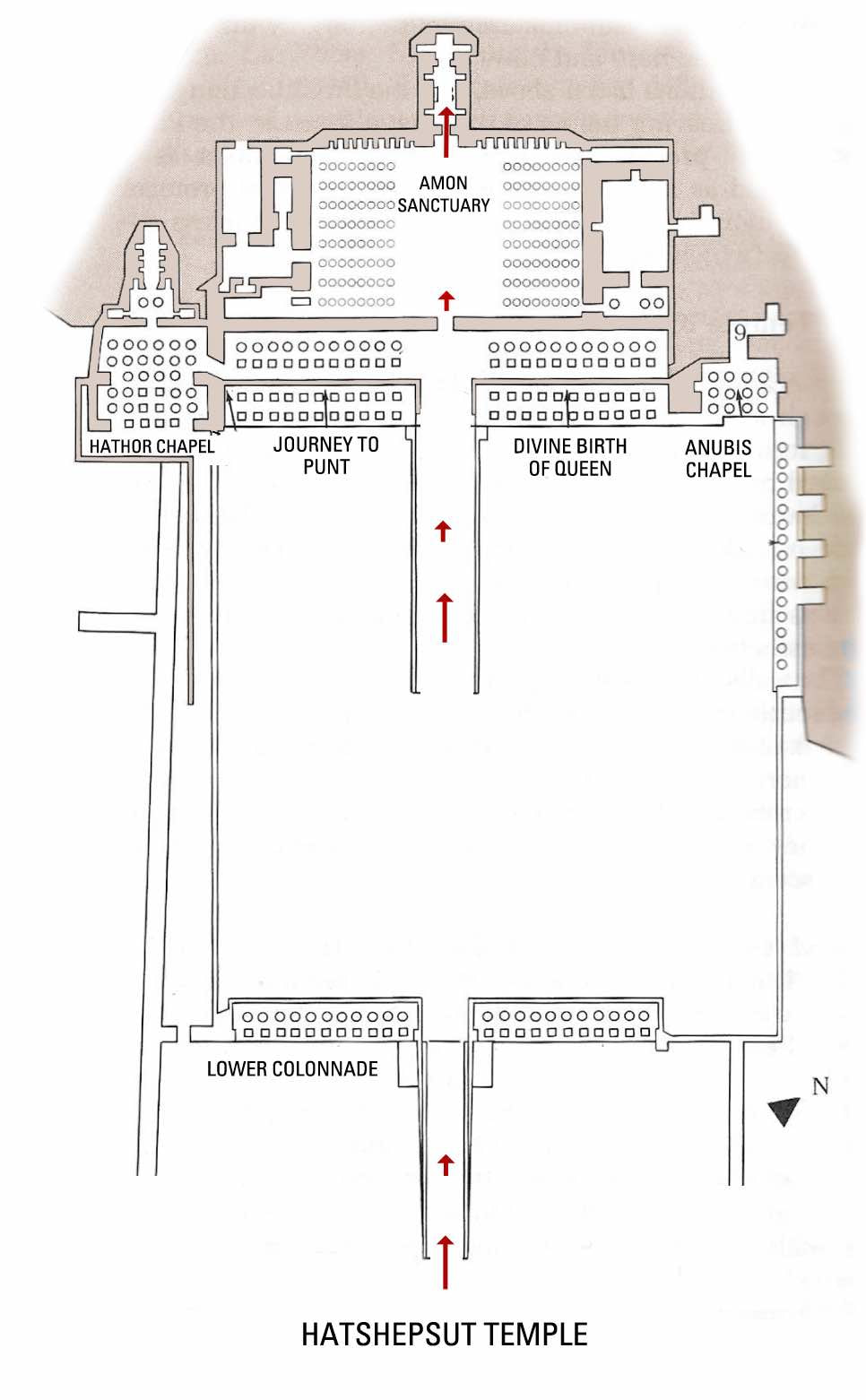
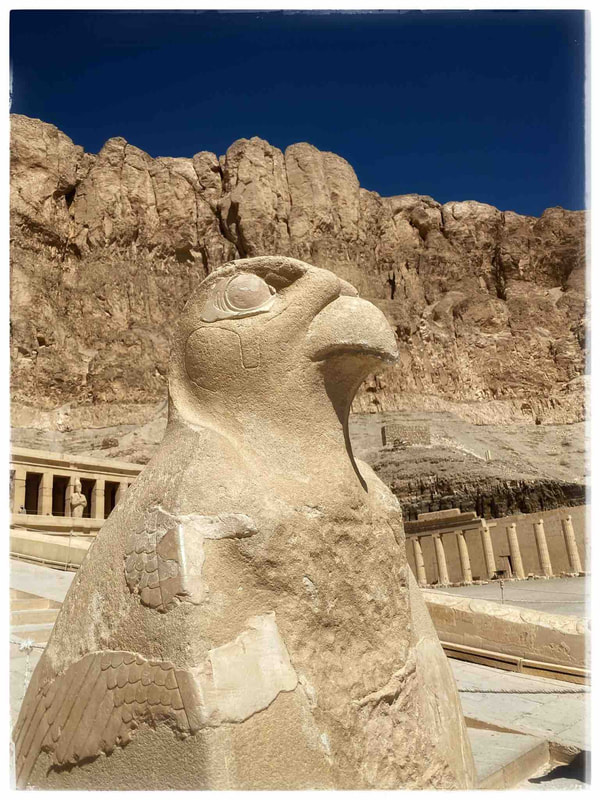
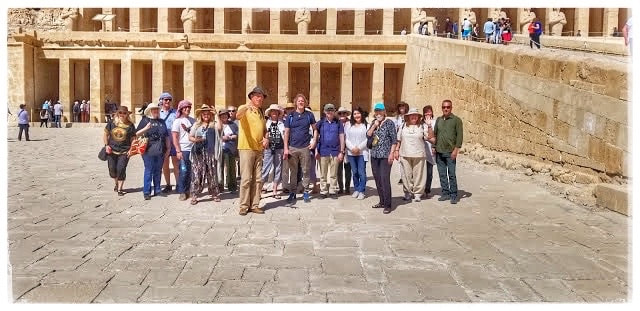
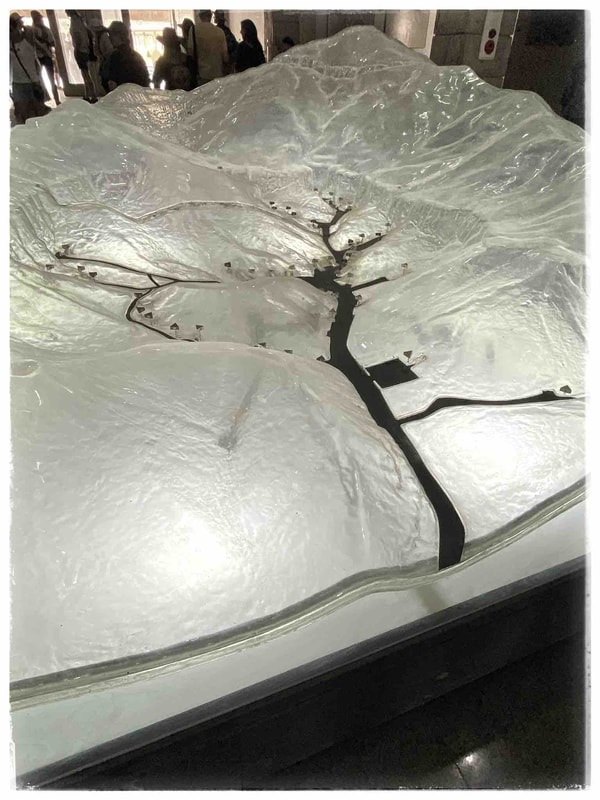
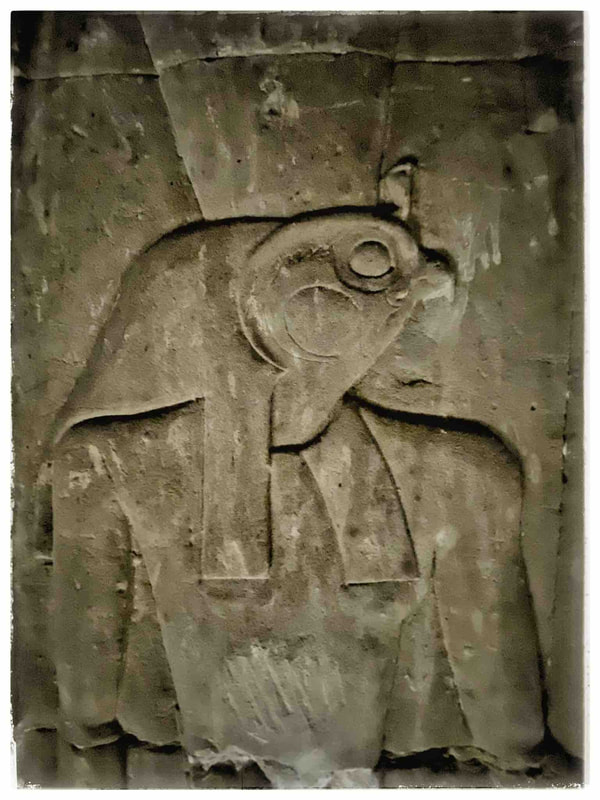
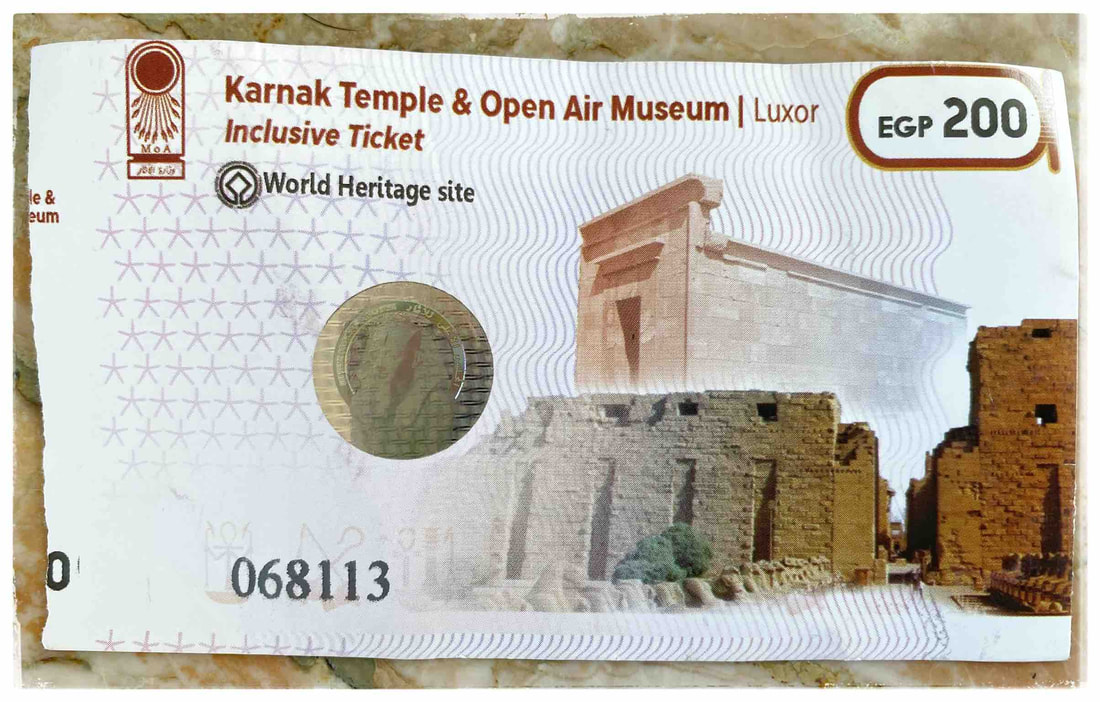
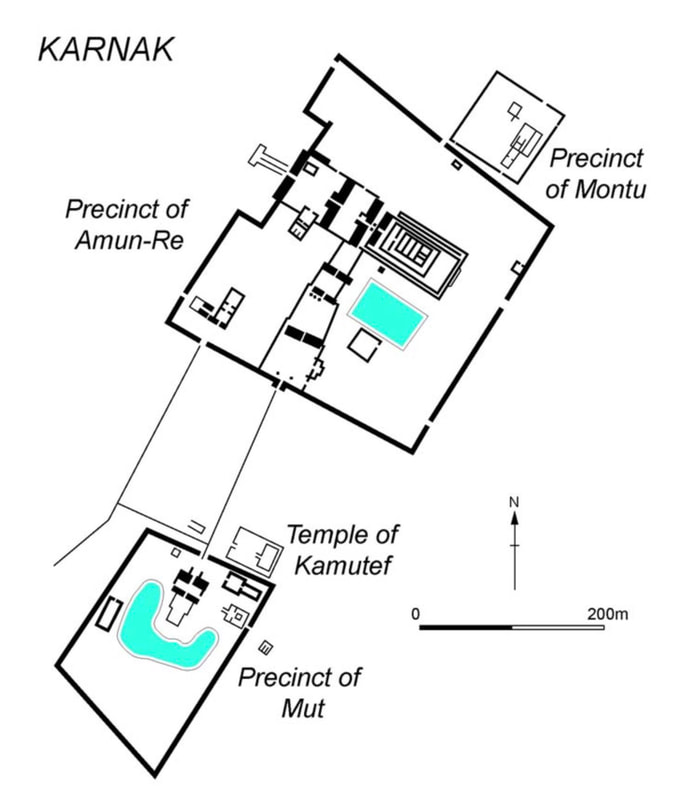
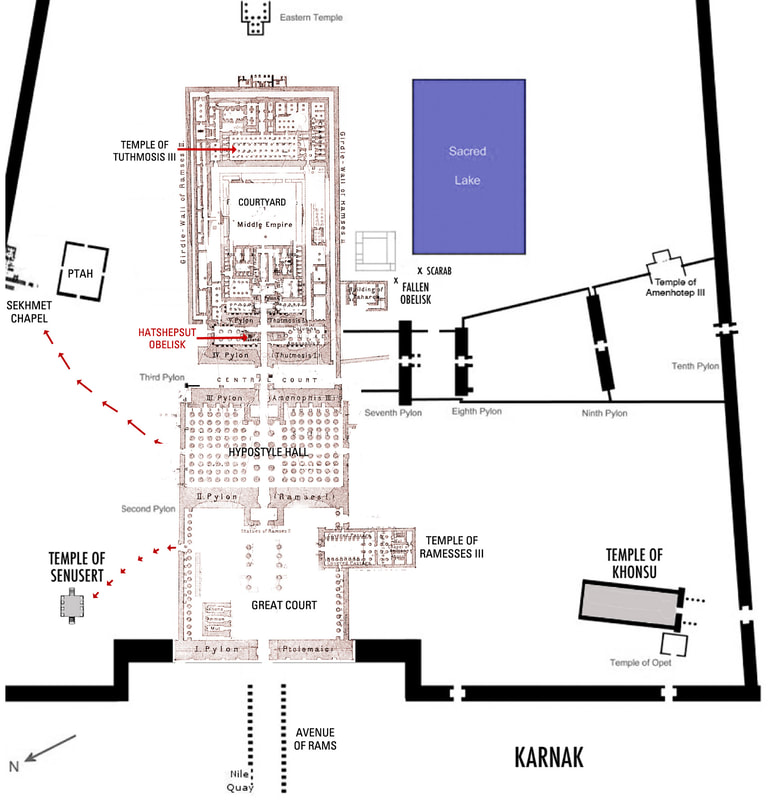
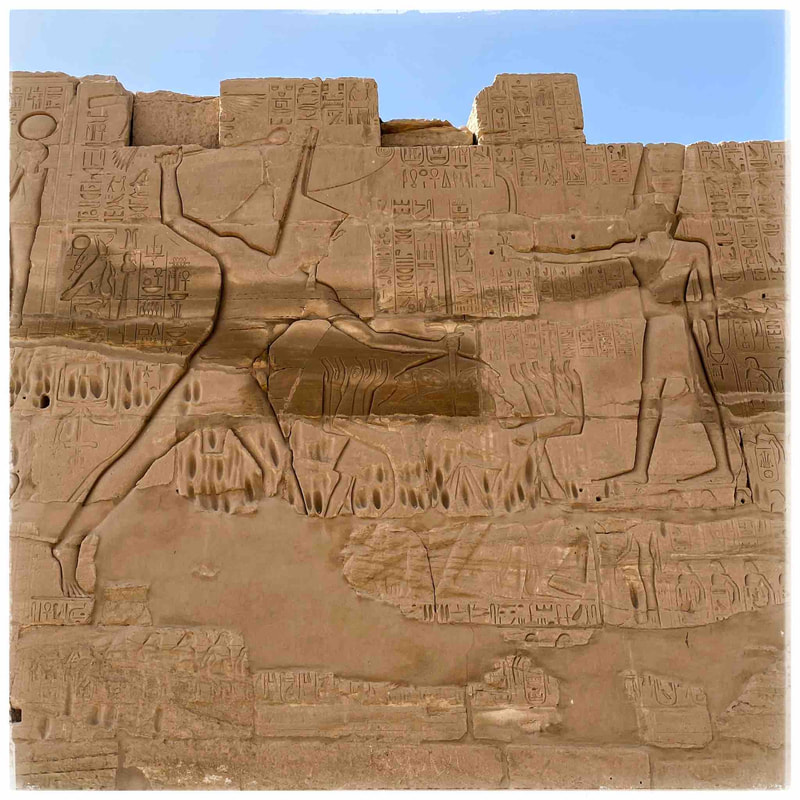
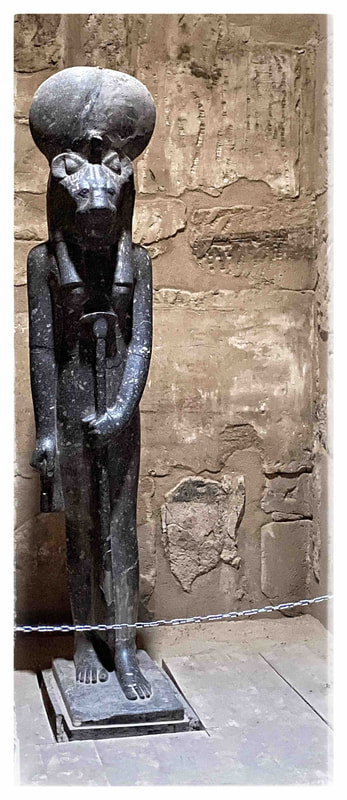
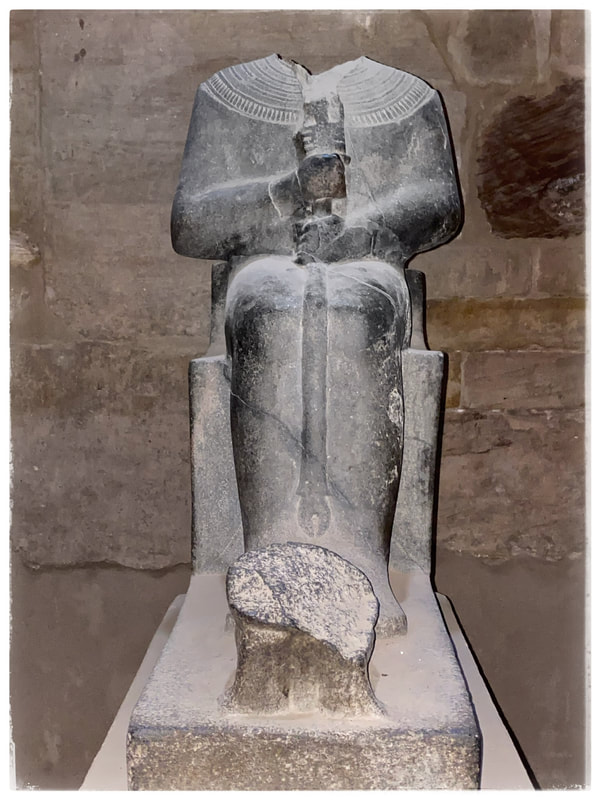
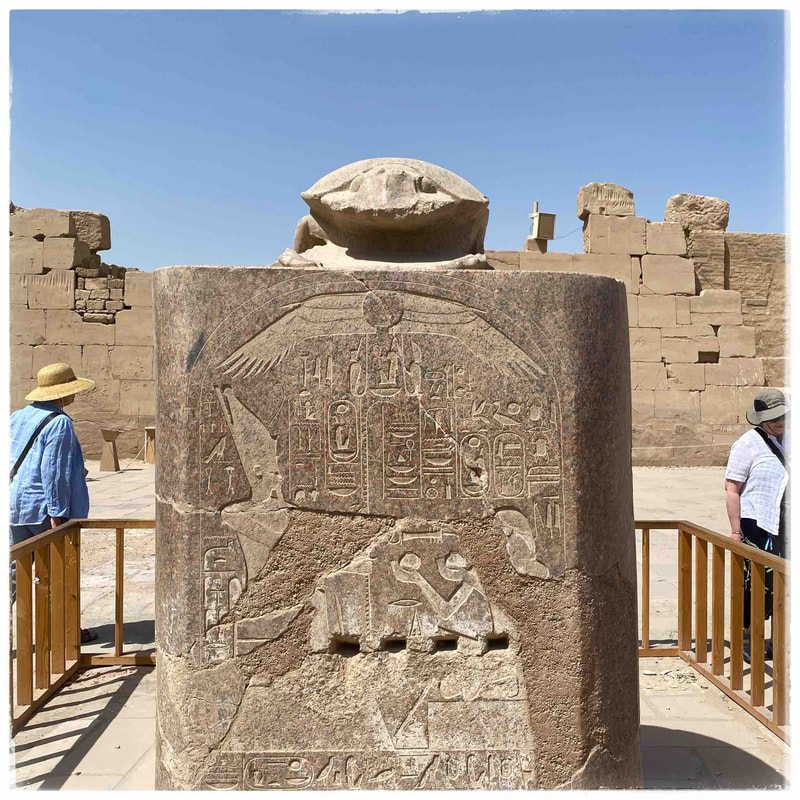
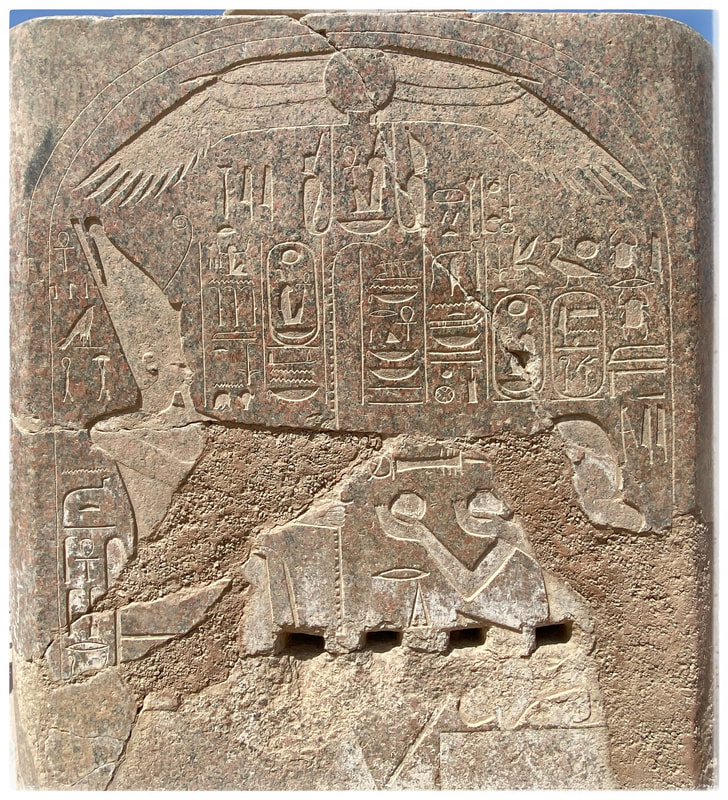
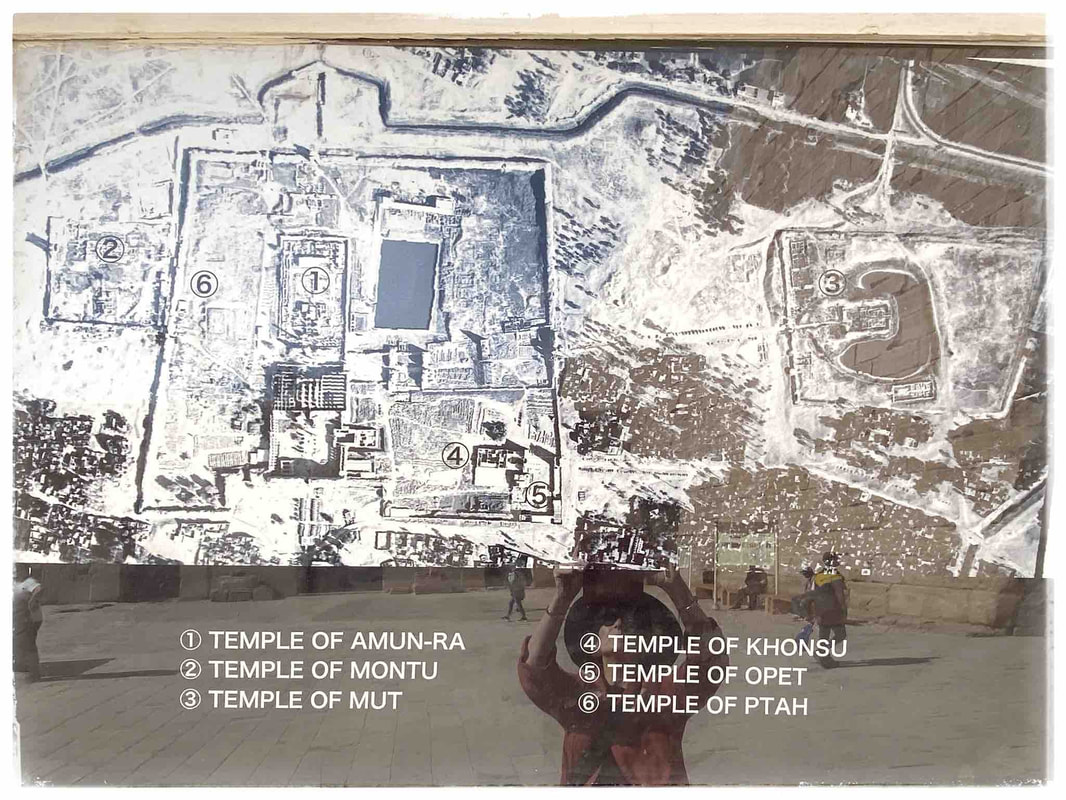
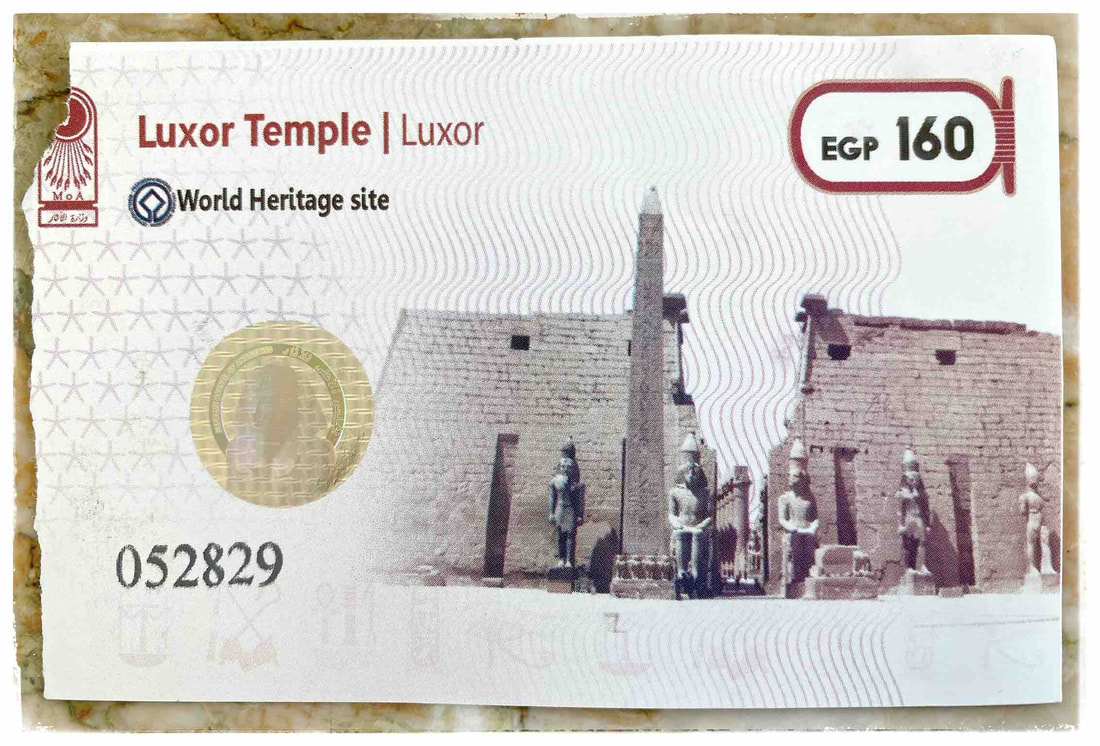
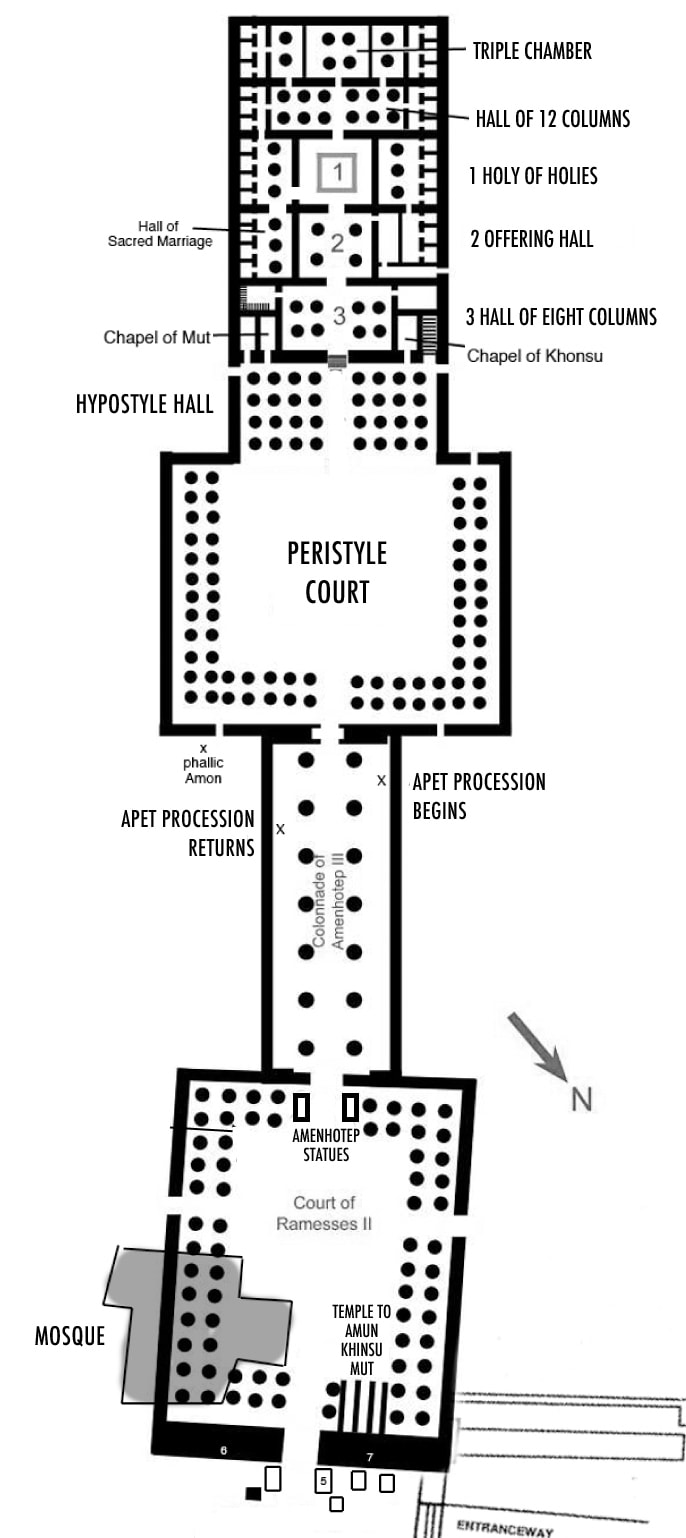
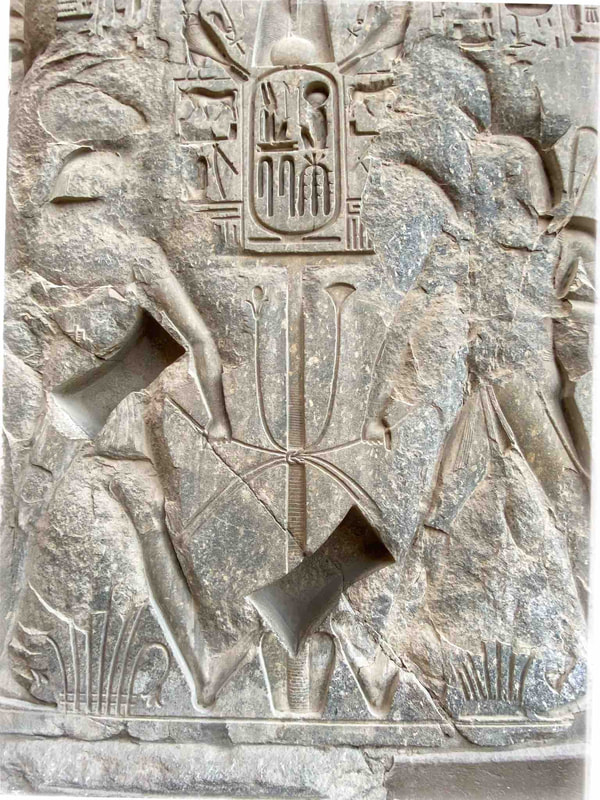
 RSS Feed
RSS Feed
